100 years ago, early aviators looked down at the Arab world’s deserts to discover giant stone structures of mysterious origin. Now, after decades of research, scientists finally figured out what the ‘desert kites’ in Jordan and Saudi Arabia really are.
One of the greatest scientific mysteries of the ancient Arab world has been solved. We finally know what the desert kites were used for: hunting wild animals.
The ancient stone-built structures, which are scattered across the deserts of Saudi Arabia, and southern Jordan, with some even found in Kazakhstan and Armenia, were first spotted from above around 100 years ago, as early aviators flying around the region looked down to see what looked like gigantic children’s kites outlined below in the sand.
What the desert kites actually were used for, of course, has been the matter of debate ever since.
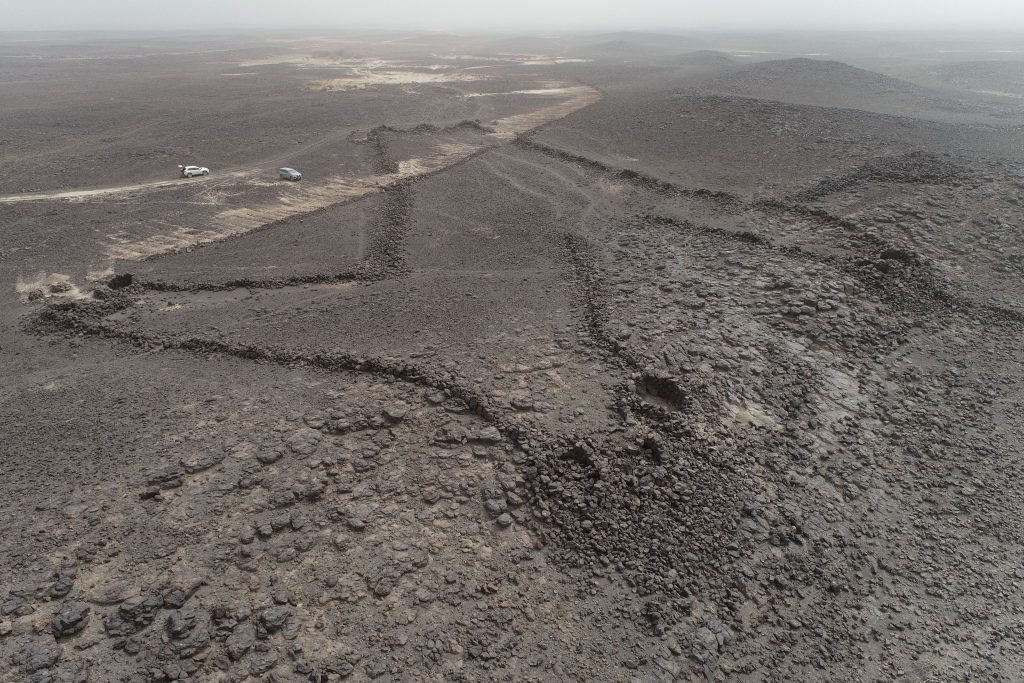
Over the past 20 years, scientists have been studying them more closely, discovering more and more as they searched around the region, finding many in the deserts of Saudi Arabia. There were around 700 to 800 known to us 20 years ago. Now, scientists have identified at least 6,500, with more being found all the time.
While some originally believed that the structures were used to domesticate animals, a new study led by scientist Dr Remy Crassard, the leading expert on desert kites, have found that they acted as mega-traps to hunt wild animals, and actually are a major turning point in the development of humanity itself.
“[The desert kites] mark a profound change in human strategies for trapping animals”, says Crassard.
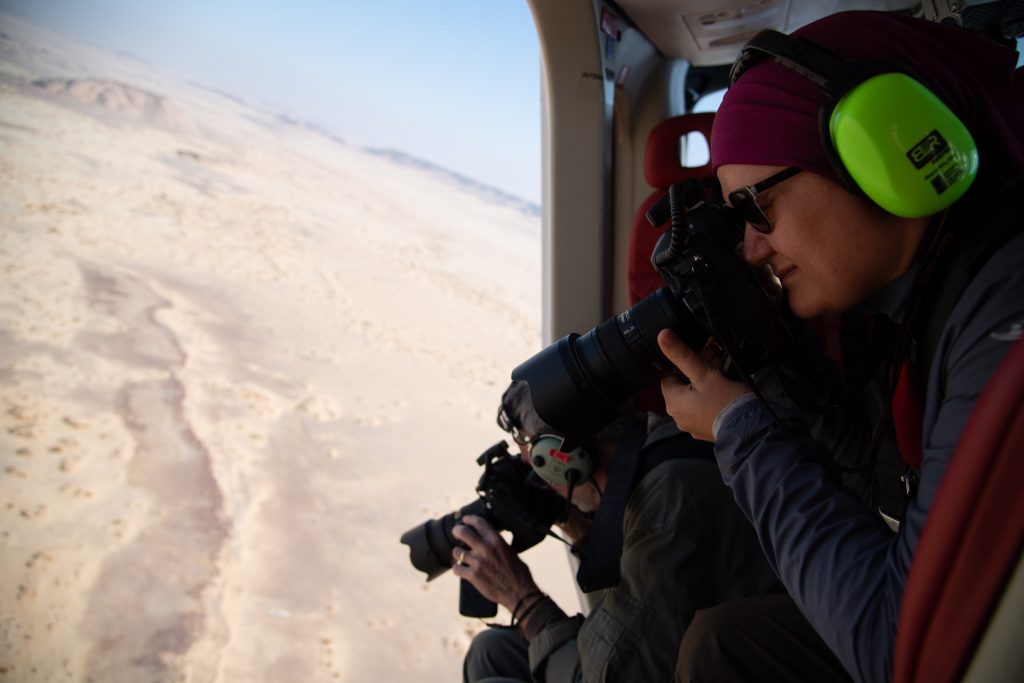
“The development of these mega-traps made a spectacular human impact on the landscape.”
The extreme organization that the desert kite trap system involved also mean that this was far past just filling bellies—or basic sustenance reasons—and also is a step in human development with regards to long-term food production and social organization, according to Dr Crassard, who is affiliated with rFance’s National Centre for Scientific Research (CNRS), and is a co-director of the Khaybar Longue Durée Archaeological Project.
Crassard and his team also think that this probably altered the migratory routes of gazelles, who learned to try to avoid the traps, and also may have led to the extinction of other species we haven’t yet discovered.
How ancient arabs hunted using desert kites
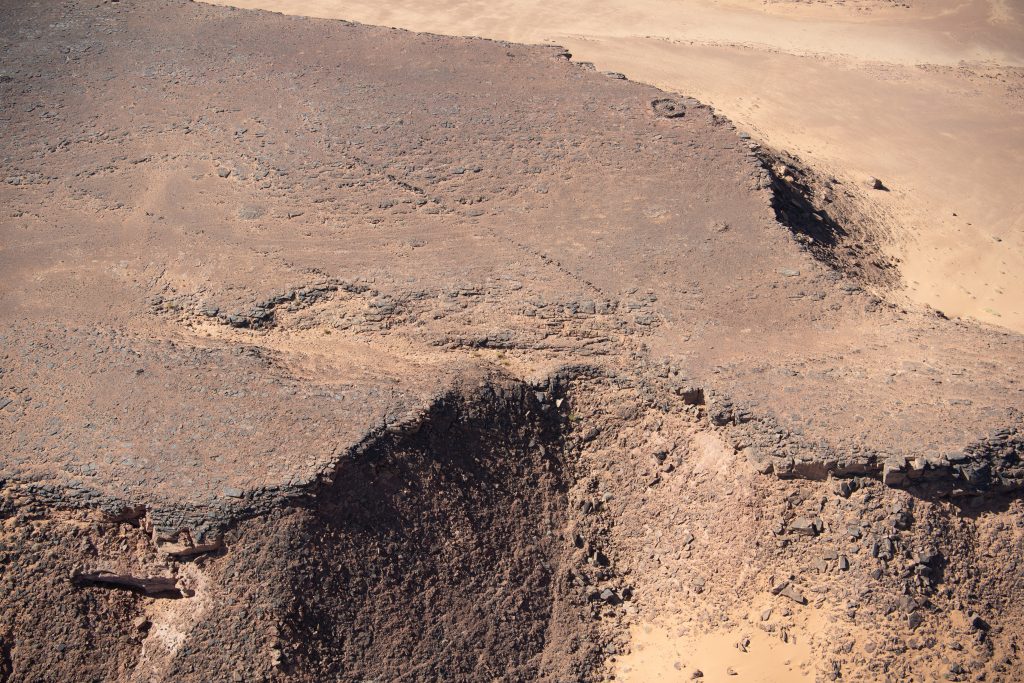
How would they work? The kites would often be shaped like V’s, W’s, or ‘hatchets’ so that animals migrating from a wide distance wouldn’t realize they were stepping into a trap, running further and further only to find themselves all forced into the same end.
The hunters would organize to chase the animals into their traps, flanking on both sides. By the time they reached the end of the trap. they were easy pickings for the hunters.
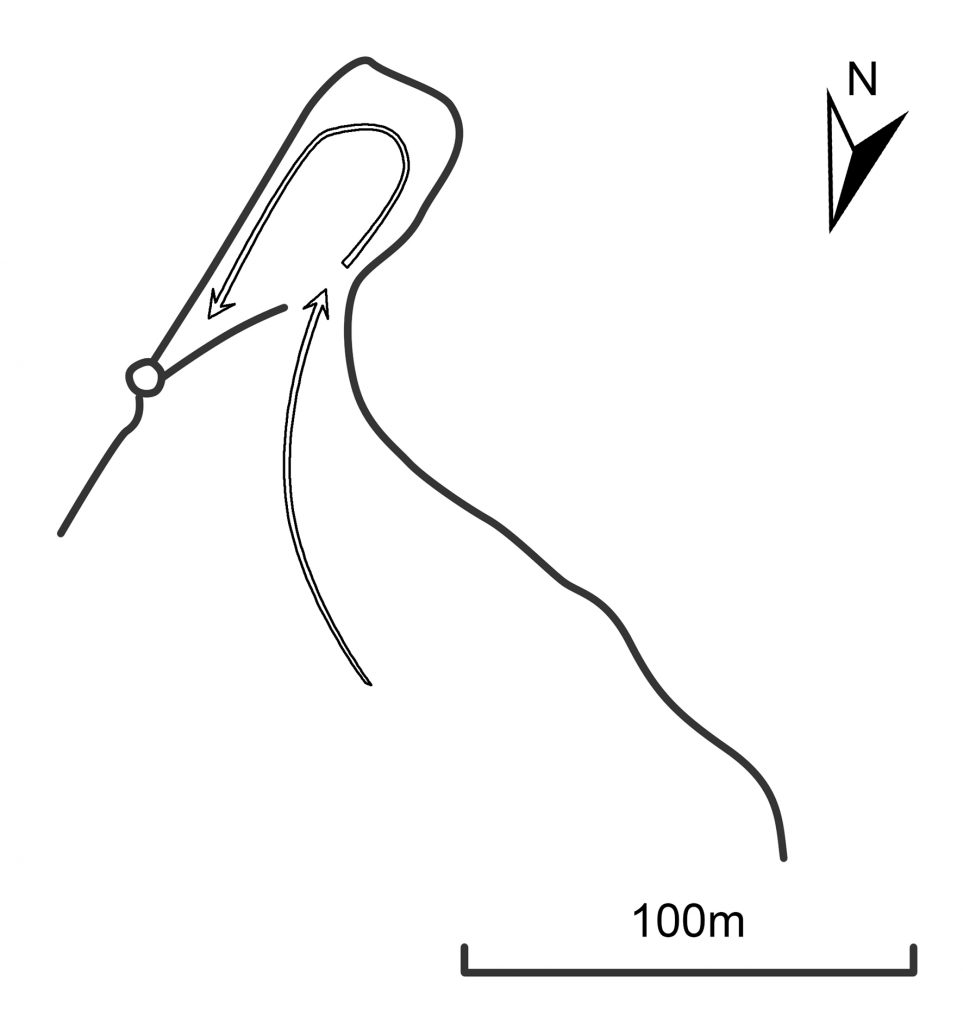
Very easy pickings, actually—at the end of the kites, there were often concealed pits so that hundreds of animals would fall into them during a single hunt.
They also developed over time. They have also discovered ‘proto-kites’ that were less opportunistic and formalized as a hunting technique, more rudimentary as the ancient Arab hunters perfected the technique.
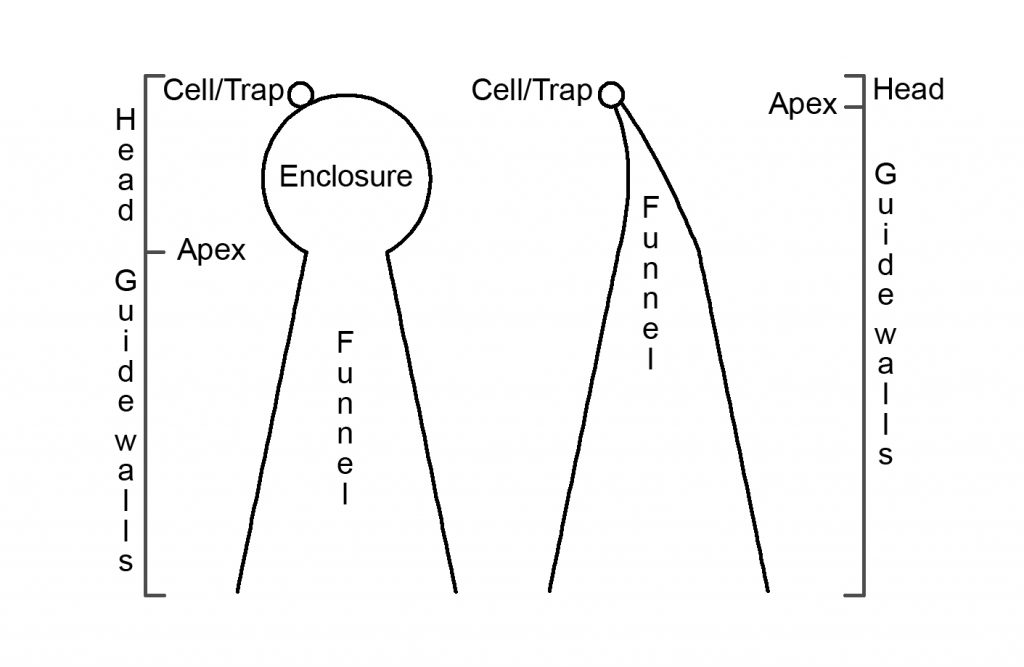
How big were the desert kites? On average, the ones in AlUla are around 200m long, but others can stetch for multiple kiometers. According to scientist Repper, the shorter length was probably due to the fact that the hunters knew that the landscapes full of hills and rock structures already restricted the animal movements, so they just didn’t need to be as big as they were in other areas.
In Saudi Arabia, research led by Rebecca Repper of the University of Western Australia’s RCU-sponsored team, Aerial Archaeology in the Kingdom of Saudi Arabia – Al Ula, detected 207 previously unknown kites in AlUla County.
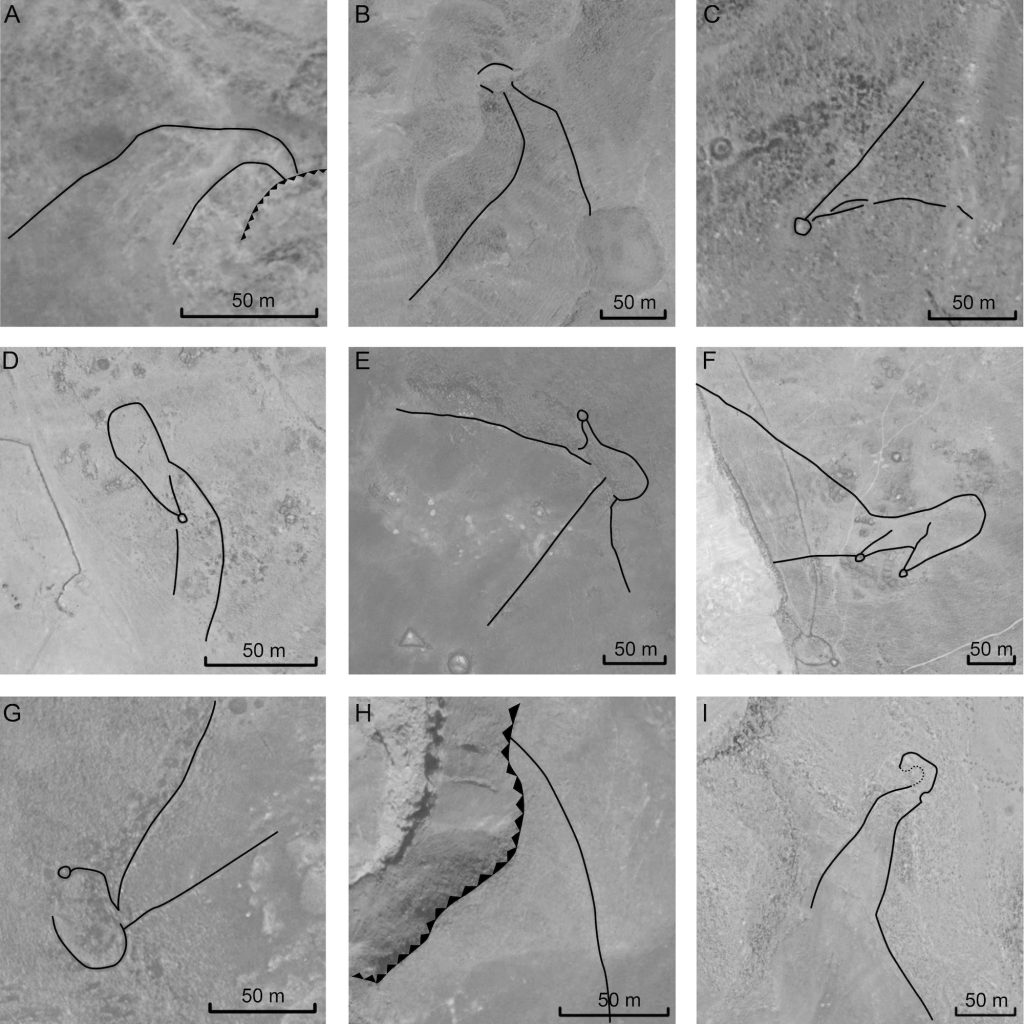
These are especially concentrated on the Harrat ‘Uwayrid, an upland area with an extinct volcano. The team found that a distinct type of V-shaped kite was the dominant form in their study area, in contrast to kites found elsewhere in the region.
The oldest kites are in southern Jordan, and are around 9000 years old, dating to 7000 BCE. The newer kites found in north-west Arabia, many in Saudi Arabia and the Al Ula region, are still being dated, but most guesses put them from the Late Neolithic to the Bronze Age, or 5000 to 2000 BCE—7000 to 4000 years ago.
“These studies add to our growing understanding of the rich cultural heritage of the people of north-west Arabia, in this case more on prehistoric practices. The recent studies expand on our earlier discoveries of the Neolithic period in the region, including the construction of large-scale ritual structures known as mustatils,” says Dr Rebecca Foote, Director of Archaeology and Cultural Heritage Research for RCU.
According to Foote, as scientists in Saudi continue their research, more discoveries could be announced before the end of the year.
Let’s wait and see what else they uncover…
